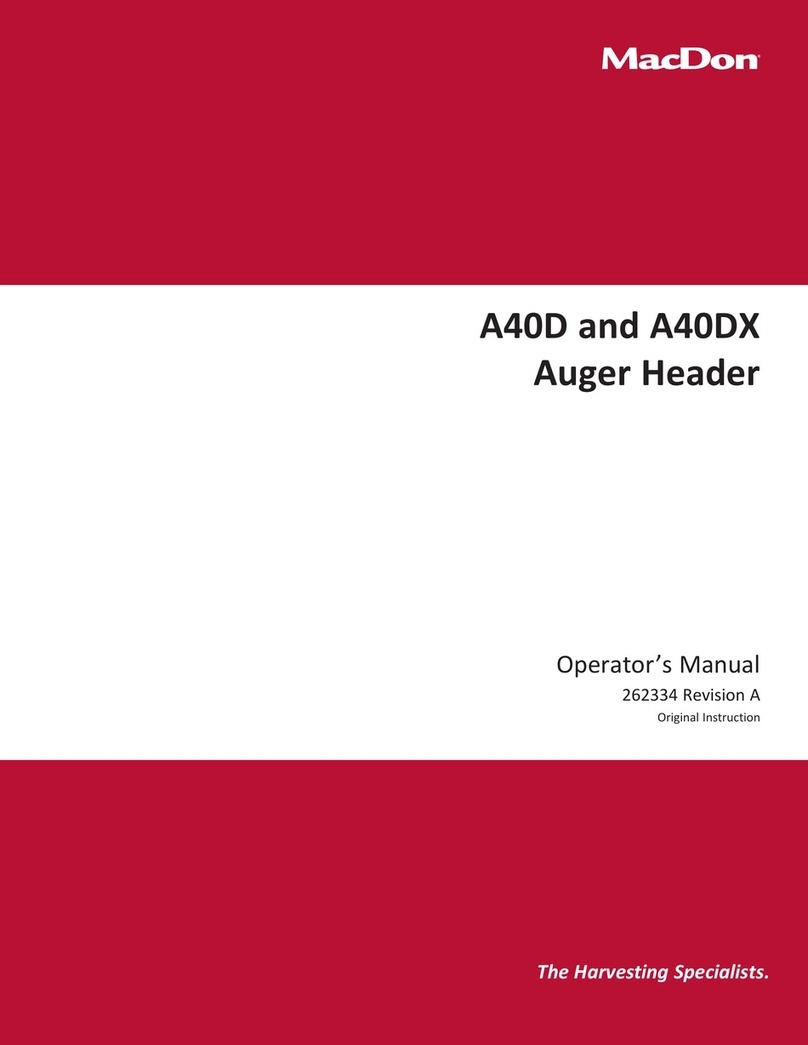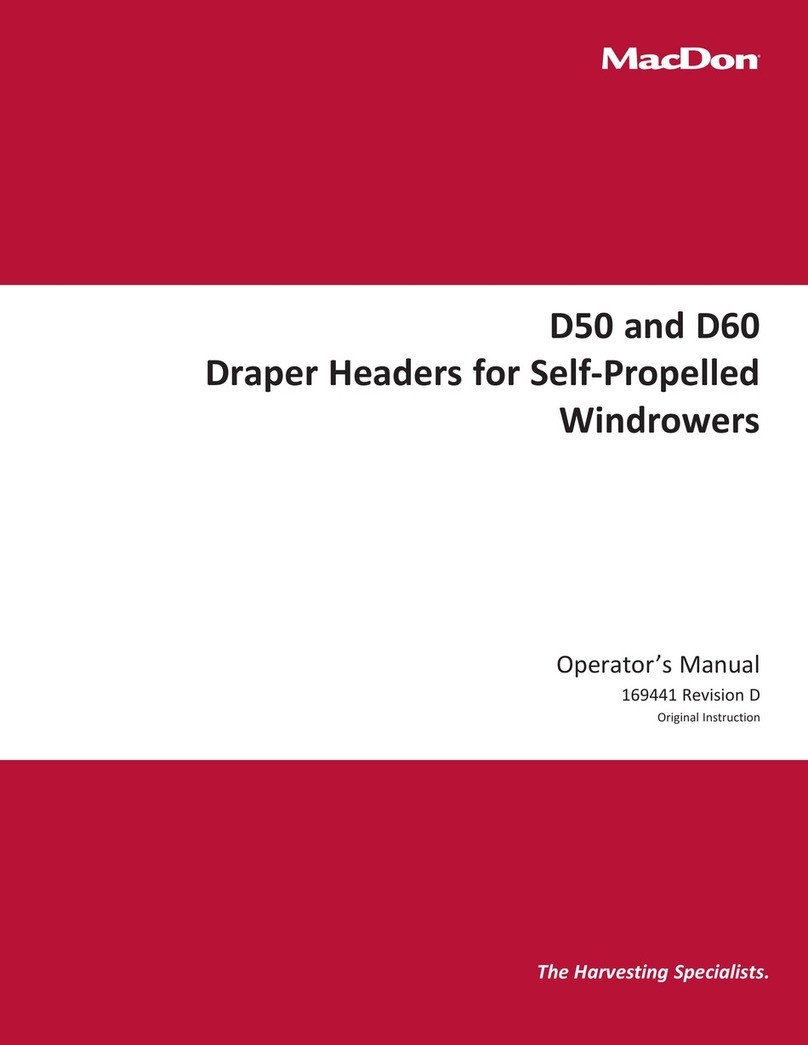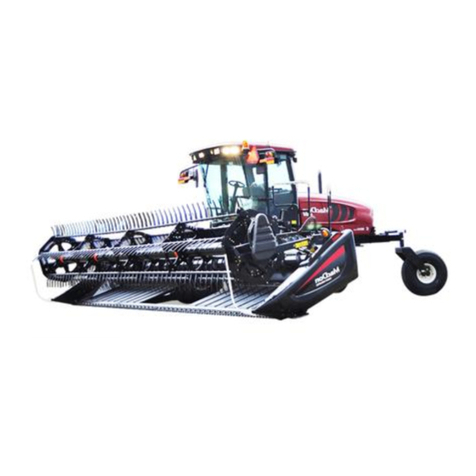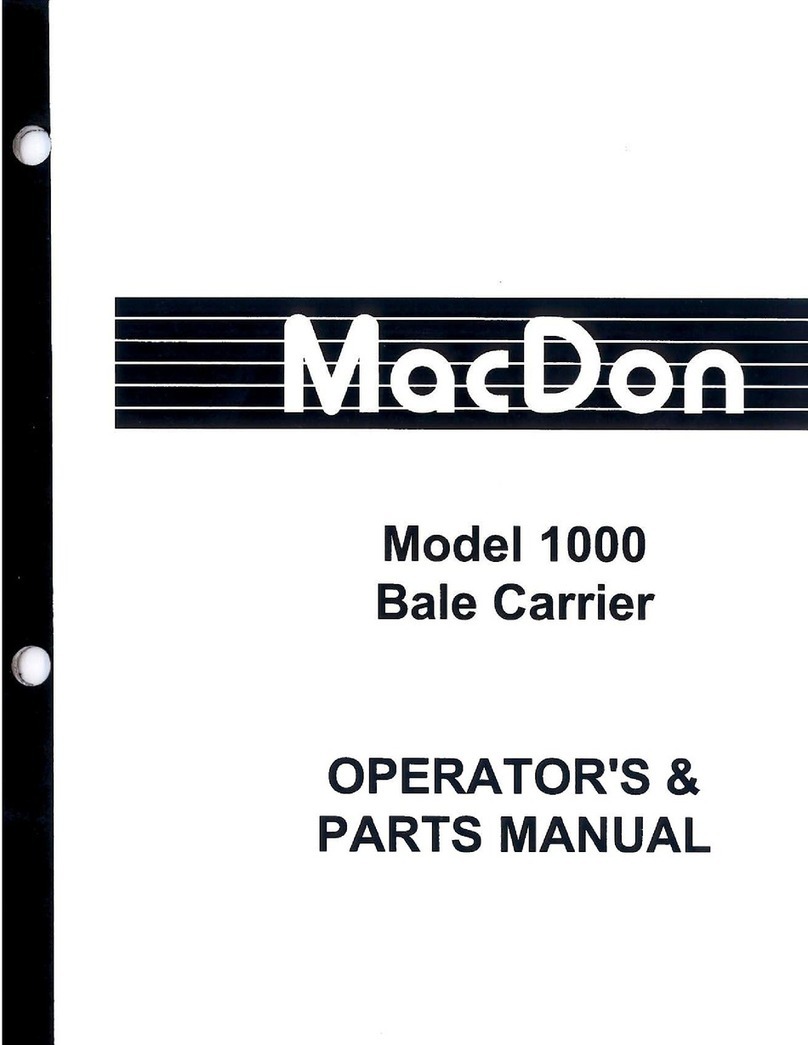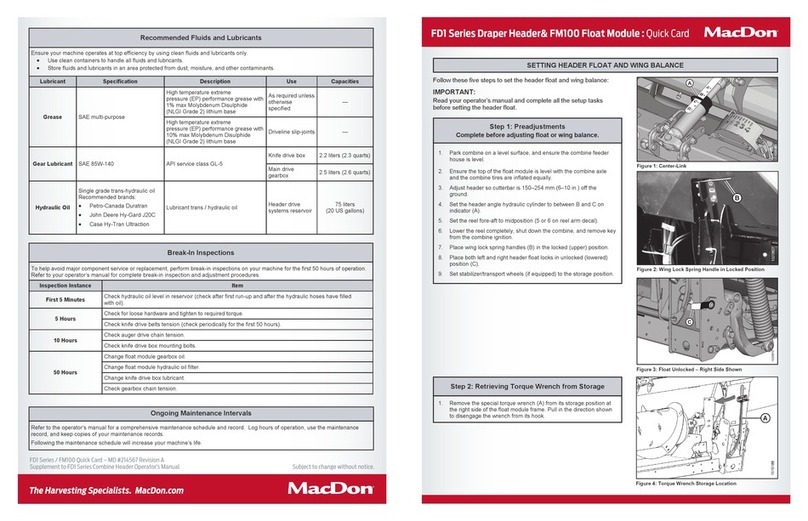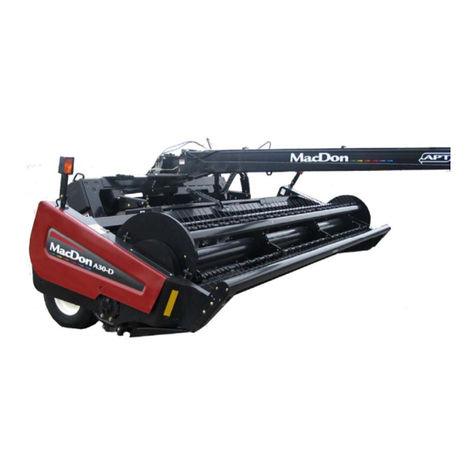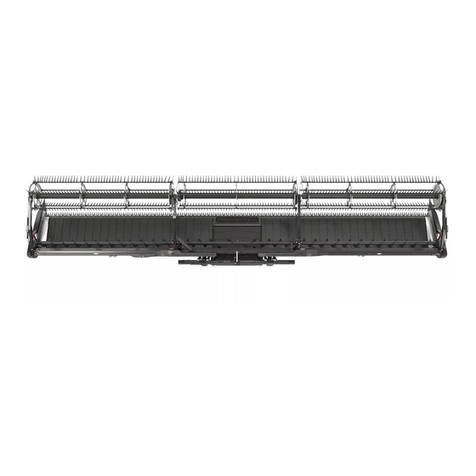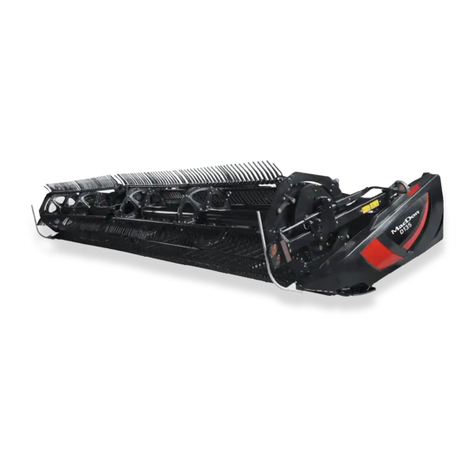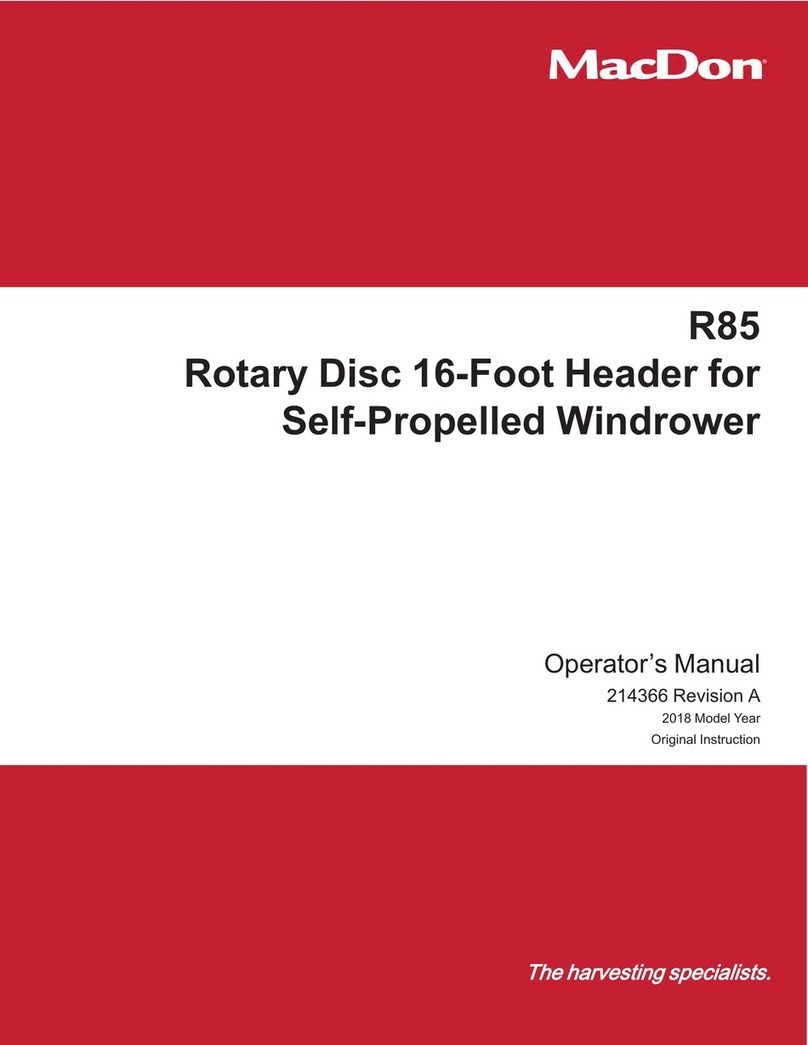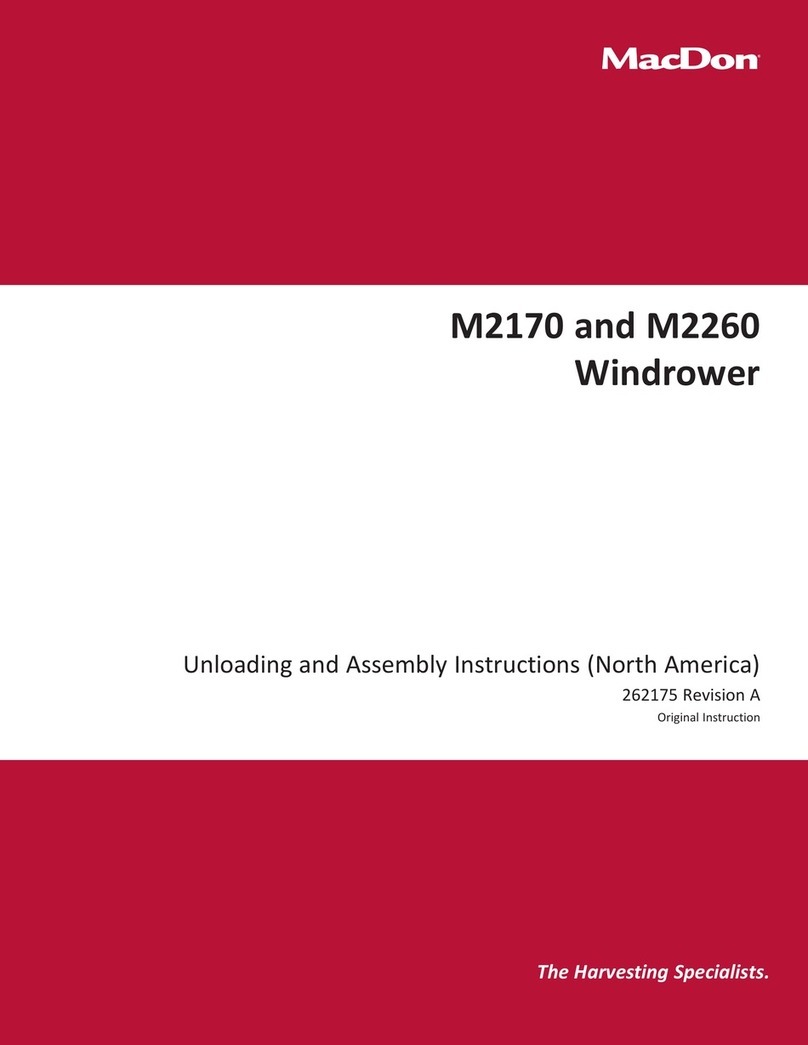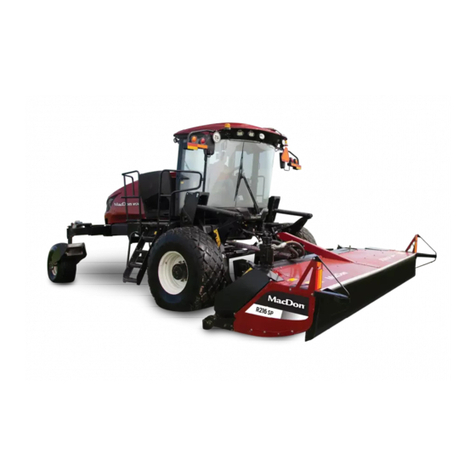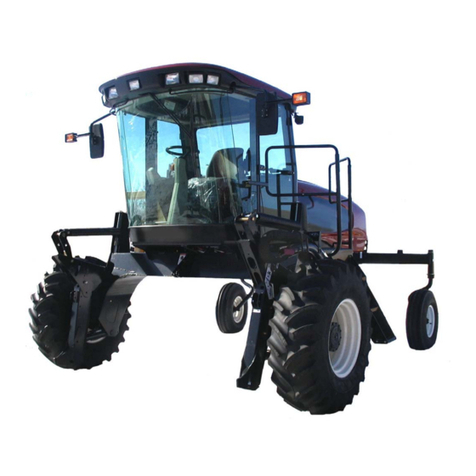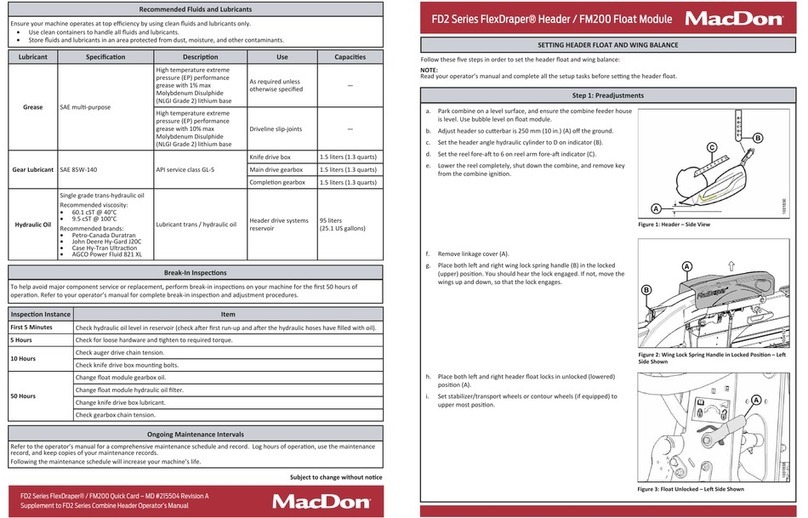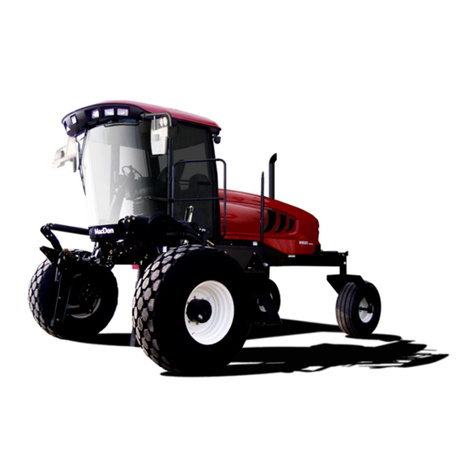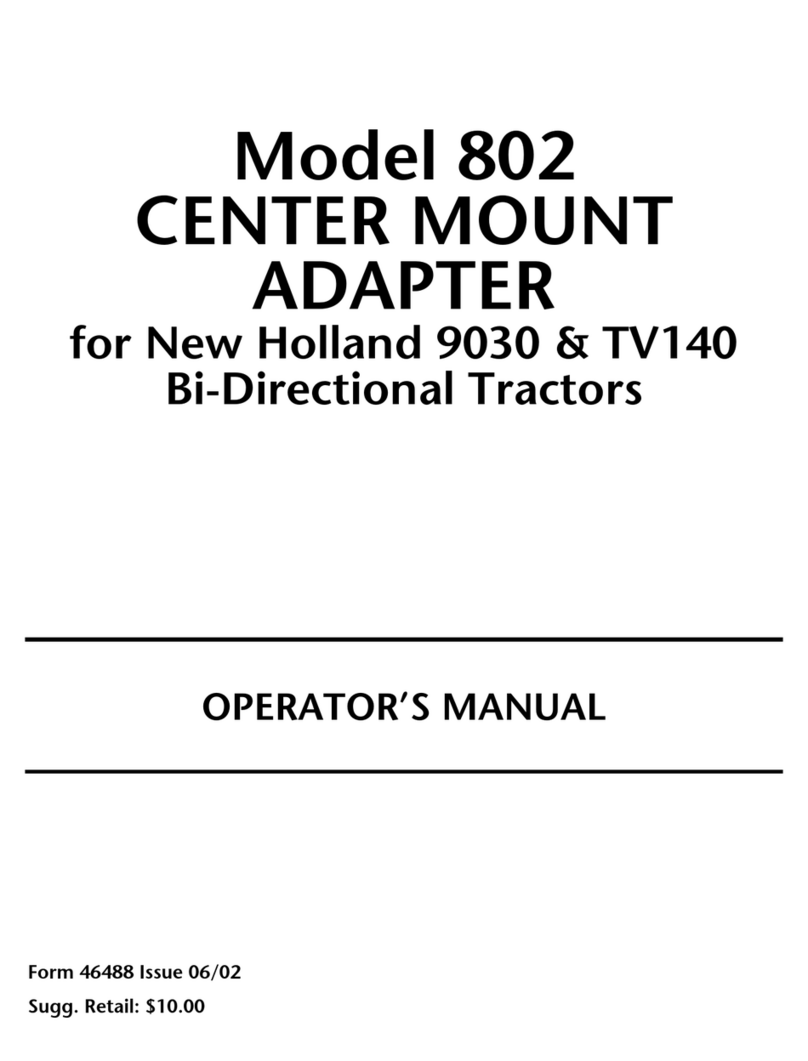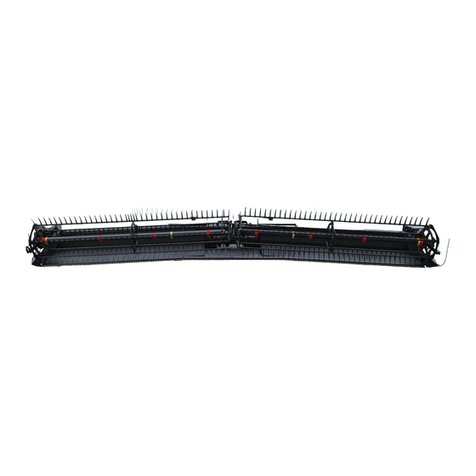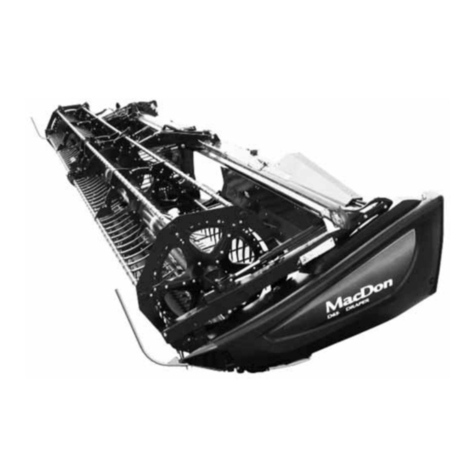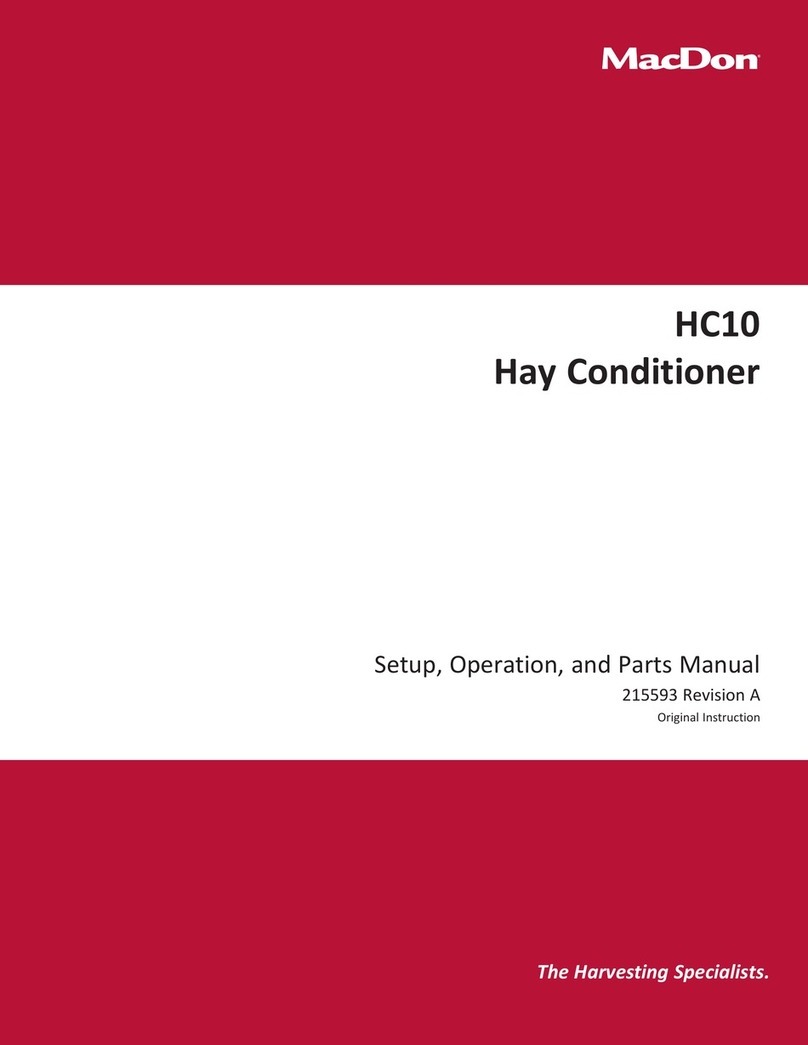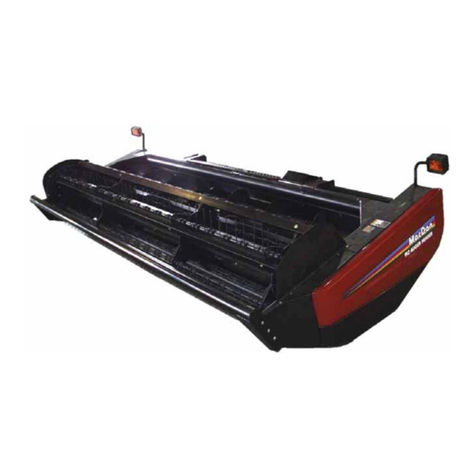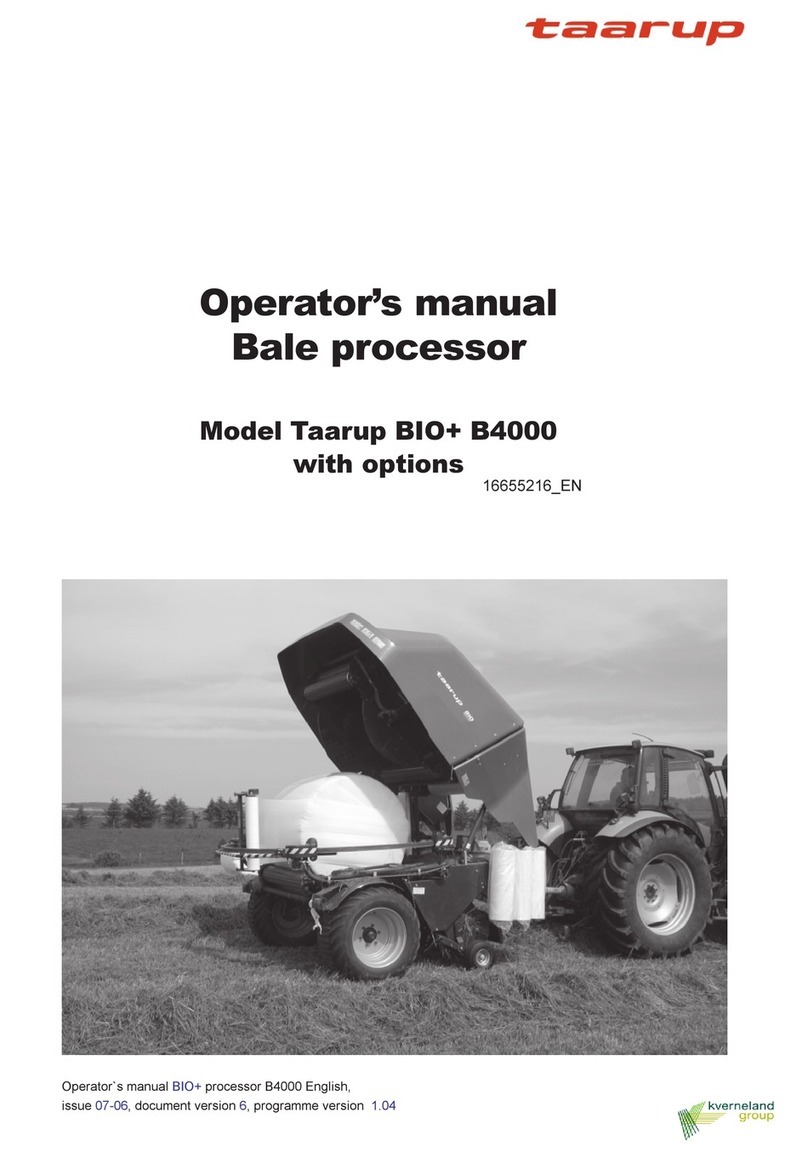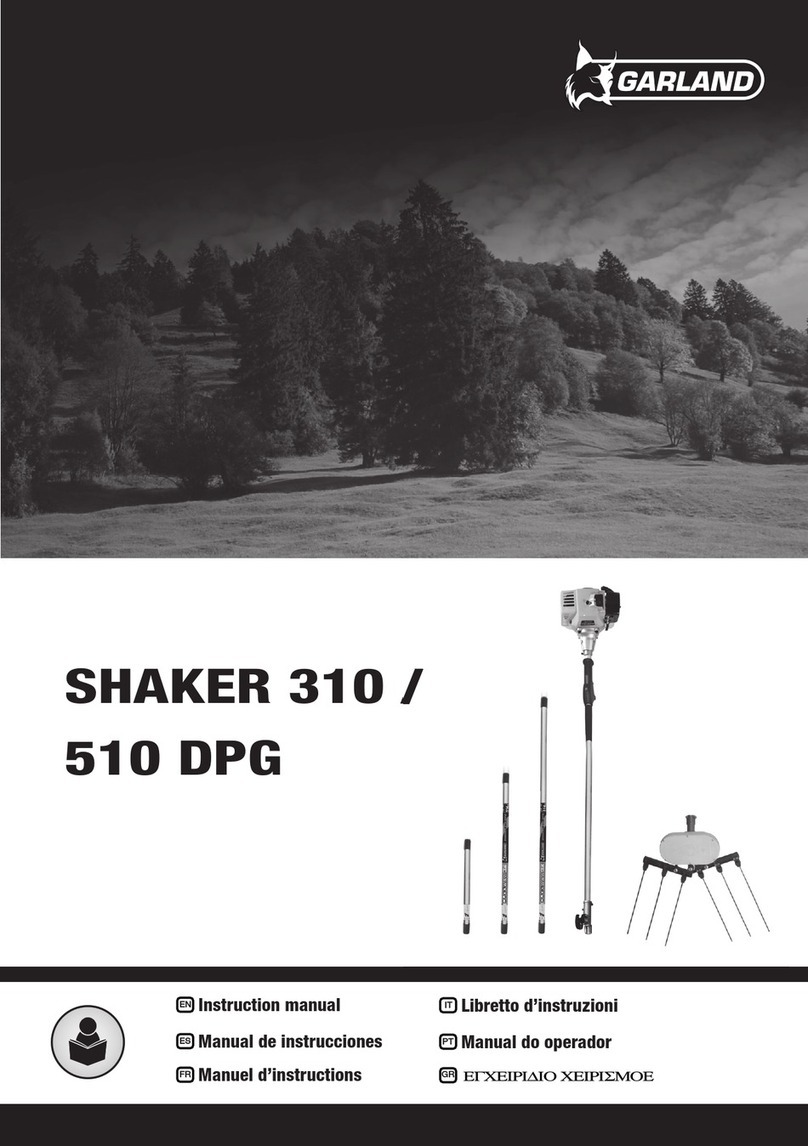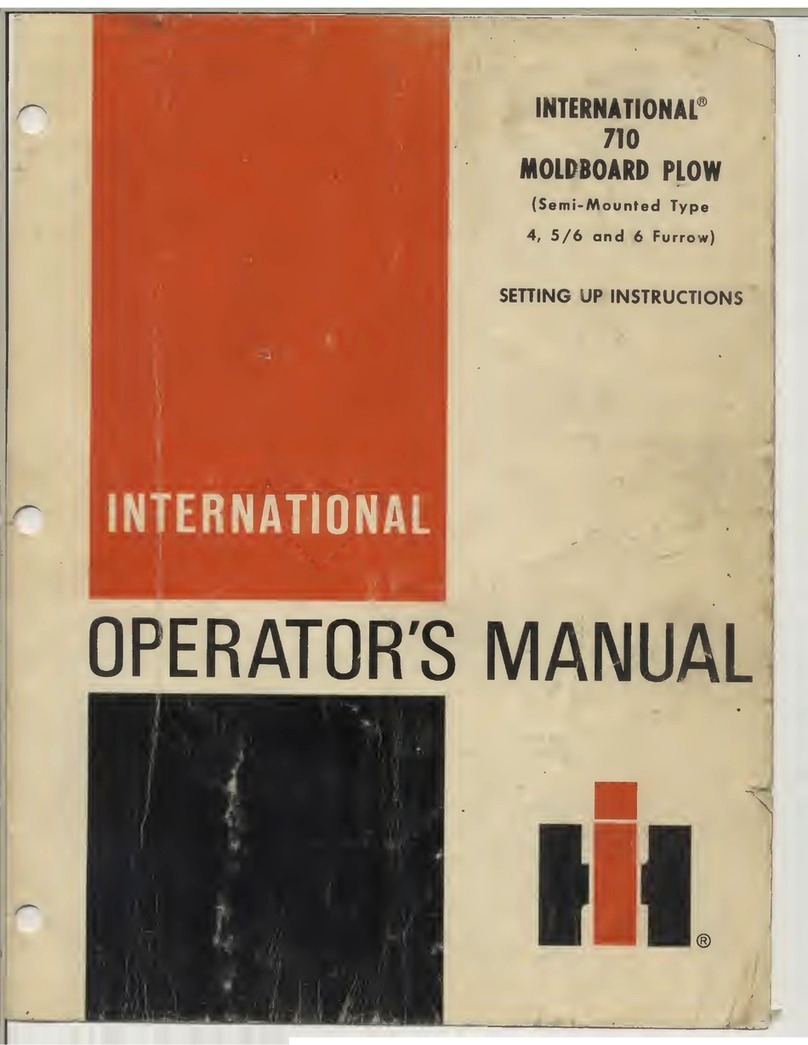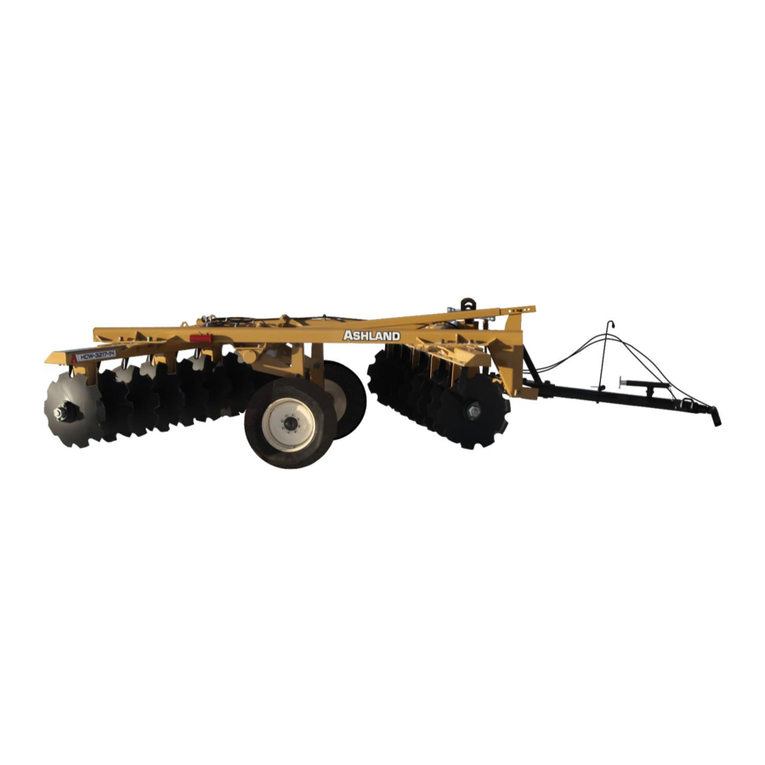
TABLE OF CONTENTS
Introduction...................................................................................................................................... i
List of Revisions ...............................................................................................................................ii
1 Safety.................................................................................................................................................... 1
1.1 Signal Words................................................................................................................................... 1
1.2 General Safety ................................................................................................................................ 2
1.3 Safety Signs.................................................................................................................................... 4
2 Recommended Torques ........................................................................................................................ 5
2.1 Torque Specifications....................................................................................................................... 5
2.1.1 SAE Bolt Torque Specifications................................................................................................. 5
2.1.2 Metric Bolt Specifications.......................................................................................................... 7
2.1.3 Metric Bolt Specifications Bolting into Cast Aluminum............................................................... 10
2.1.4 Flare-Type Hydraulic Fittings................................................................................................... 10
2.1.5 O-Ring Boss (ORB) Hydraulic Fittings (Adjustable)................................................................... 12
2.1.6 O-Ring Boss (ORB) Hydraulic Fittings (Non-Adjustable) ........................................................... 14
2.1.7 O-Ring Face Seal (ORFS) Hydraulic Fittings............................................................................ 15
3 Conversion Chart................................................................................................................................ 17
4Definitions........................................................................................................................................... 19
5 Unloading the Windrower.................................................................................................................... 21
5.1 Using Two Forklifts to Unload Windrower ........................................................................................ 21
5.2 Using One Forklift to Unload Windrower.......................................................................................... 23
5.2.1 Method 1 ............................................................................................................................... 23
5.2.2 Method 2 ............................................................................................................................... 24
6 Assembling the Windrower................................................................................................................. 25
6.1 Repositioning Right-Hand Leg........................................................................................................ 25
6.2 Installing Drive Wheel .................................................................................................................... 27
6.3 Repositioning Caster Wheels.......................................................................................................... 28
6.4 Unpacking Ignition Keys................................................................................................................. 30
6.5 Installing Steps.............................................................................................................................. 31
6.6 Connecting Batteries...................................................................................................................... 32
6.7 Starting Engine.............................................................................................................................. 33
6.8 Installing AM/FM Radio.................................................................................................................. 36
6.9 Installing Slow Moving Vehicle (SMV) Sign...................................................................................... 40
6.10 Attaching Header Boots ................................................................................................................. 41
6.11 Attaching Headers......................................................................................................................... 42
6.11.1 Attaching a D-Series Header................................................................................................... 42
Attaching a D-Series Header: Hydraulic Center-Link with Optional Self-Alignment .............. 43
Attaching a D-Series Header: Hydraulic Center-Link without Self-Alignment....................... 49
Attaching a D-Series Header: Mechanical Center-Link...................................................... 54
6.11.2 Attaching an A-Series Header.................................................................................................60
Attaching an A-Series Header: Hydraulic Center-Link and Optional Self-Alignment
Kit .............................................................................................................................. 61
Attaching an A-Series Header: Hydraulic Center-Link without Self-Alignment Kit ................ 66
Attaching an A-Series Header: Mechanical Center-Link .................................................... 72
6.11.3 Attaching an R-Series Header.................................................................................................78
Attaching an R-Series Header: Hydraulic Center-Link with Optional Self-Alignment ............ 79
Attaching an R-Series Header: Hydraulic Center-Link without Self-Alignment..................... 84
Attaching an R-Series Header: Mechanical Center-Link.................................................... 90
6.12 Lubricating the Windrower.............................................................................................................. 96
6.12.1 Lubrication Procedure ............................................................................................................ 96
6.12.2 Lubrication Points................................................................................................................... 97
6.13 Cab Display Module (CDM) Programming....................................................................................... 98
6.13.1 M205 Detailed Programming Menu Flow Chart .......................................................................100
169885 iii Revision A
